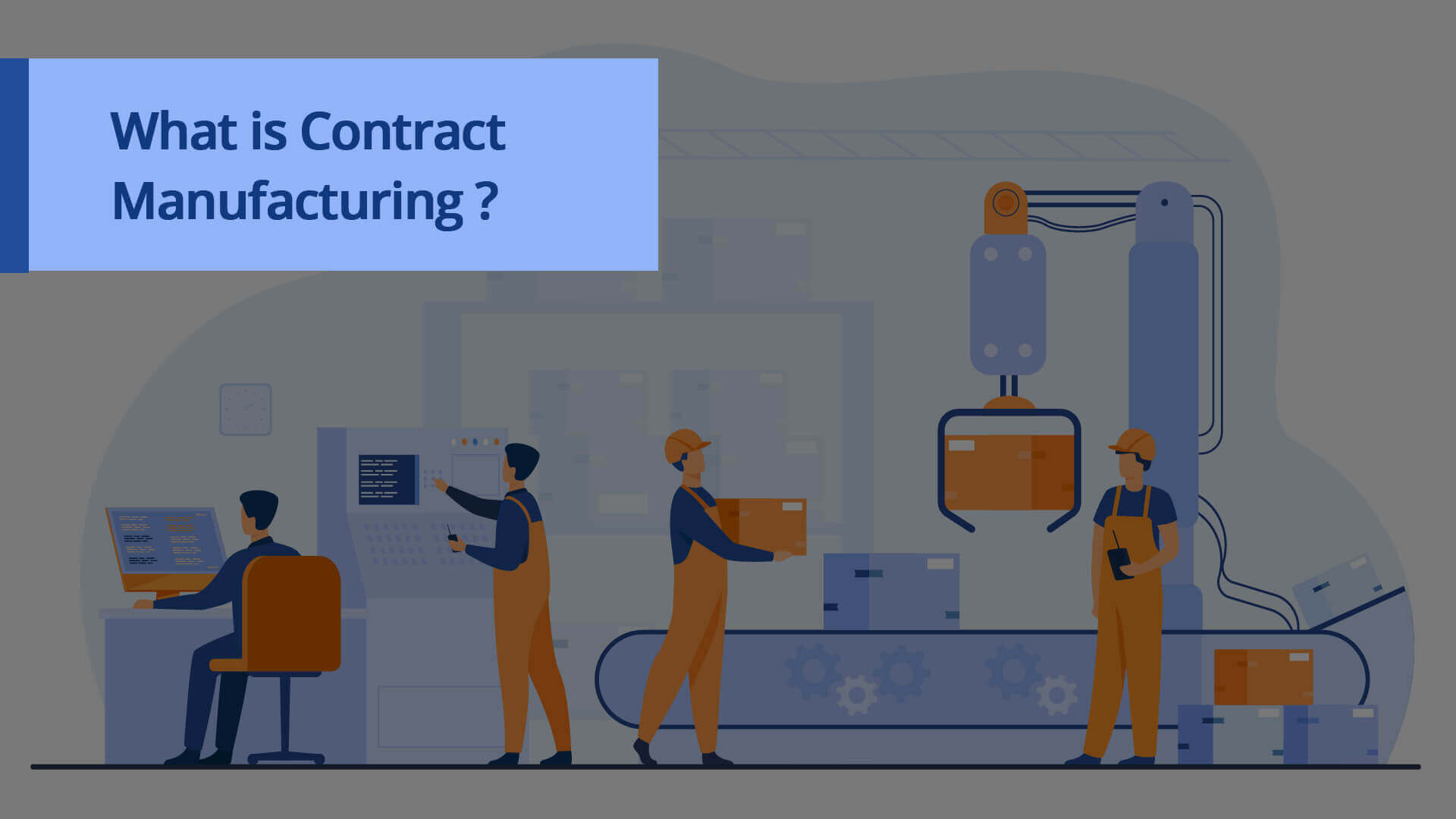Manufacturing Results: Exploiting Contracts for Maximum Productivity
In today's fast-paced business landscape, organizations are constantly seeking ways to improve their productivity and simplify operations. One powerful strategy that has gathered traction is contract manufacturing. By collaborating with third-party manufacturers, companies can not only save time and resources but also tap into niche expertise that can drive efficiency and creativity.
Contract manufacturing permits organizations to prioritize their main competencies while outsourcing production to trusted partners. This approach not only lowers overhead costs but further facilitates faster turnaround times and flexibility. As companies strive to stay competitive in an ever-evolving market, employing contract manufacturing can be a game-changer for attaining maximum efficiency and profitability.
Grasping Outsourced Production

Contract manufacturing is a deliberate partnership in which a firm delegates its creation to a specific manufacturer. This approach allows businesses to utilize the skills, tools, and assets of seasoned manufacturers. By centering on their main strengths, businesses can spark innovation and simplify their operations while reducing expenses associated with internal production.
One of the main benefits of contract manufacturing lies in adaptability. Companies can easily change their output in reaction to market demand without the cost of holding excess capacity. This adaptability enables businesses to respond swiftly to shifts in consumer preferences and economic factors, making it an appealing option for both recognized brands and new companies looking to broaden their product lines.
Quality control is another vital aspect of contract manufacturing. Establishing clear contracts with manufacturers affirms that production standards are met consistently. By working with collaborators that prioritize quality, businesses can elevate their product selections and build a robust reputation in the business world. contract manufacturing in malaysia on quality, combined with cost efficiency, positions companies for ongoing growth in an increasingly competitive environment.
Benefits of Strategic Contracts
Strategic contracts in manufacturing contracts serve as a effective tool for businesses looking to improve their operations. By establishing clear conditions and expectations, organizations can mitigate risks associated with delays in production, quality issues, and cost overruns. When producers and customers work together under well-defined agreements, they can focus more on their core competencies while optimizing processes to enhance overall efficiency. This collaborative approach paves the way for innovative solutions that benefit both parties.
Another notable advantage of collaborative agreements is the ability to ensure flexibility in a quickly evolving market. With customer demands often fluctuating, having a contract that enables changes in production volume or delivery timelines can provide a competitive edge. This flexibility ensures that manufacturers can respond quickly to market trends without compromising quality or increasing costs excessively. Organizations can harness the potential of contract manufacturing to scale operations in response to dynamic market demands, thereby optimizing productivity.
Finally, collaborative agreements often lead to enhanced relationships between manufacturers and clients. By committing to mutual goals and shared success, both parties can foster a sense of partnership. This collaborative environment encourages open communication and resolution, leading to ongoing enhancements and creativity. Ultimately, better relationships within manufacturing partnerships can translate to better product quality, shorter delivery times, and greater client satisfaction, driving sustained success for everyone involved.
Maximizing Productivity by means of Cooperation
Collaboration is at the heart of successful contract manufacturing. By establishing strong partnerships with manufacturers, companies can streamline their manufacturing processes and minimize lead times. Open communication promotes a better understanding of each party’s abilities and limitations, allowing for immediate adjustments and informed decision-making. This collaborative approach not only enhances workflow but also aids to recognize and eliminate potential hurdles in the supply chain.
Additionally, collaborative relationships can lead to joint innovations and effective practices. When companies work closely with their manufacturers, they gain knowledge into the latest technologies and methods that can boost production efficiency. Through exploring these developments together, both parties can develop bespoke solutions that fulfill specific needs, resulting in superior quality products and decreased costs. This synergy ultimately drives enhanced competitiveness in the market.
In conclusion, fostering a culture of collaboration supports ongoing improvement. Frequent feedback loops between manufacturers and clients can lead to forward-thinking problem-solving and adaptations that enhance overall productivity. Through leveraging the strengths of each partner, businesses can not only attain their immediate production goals but also set the stage for long-term growth and success in an constantly changing industry context.